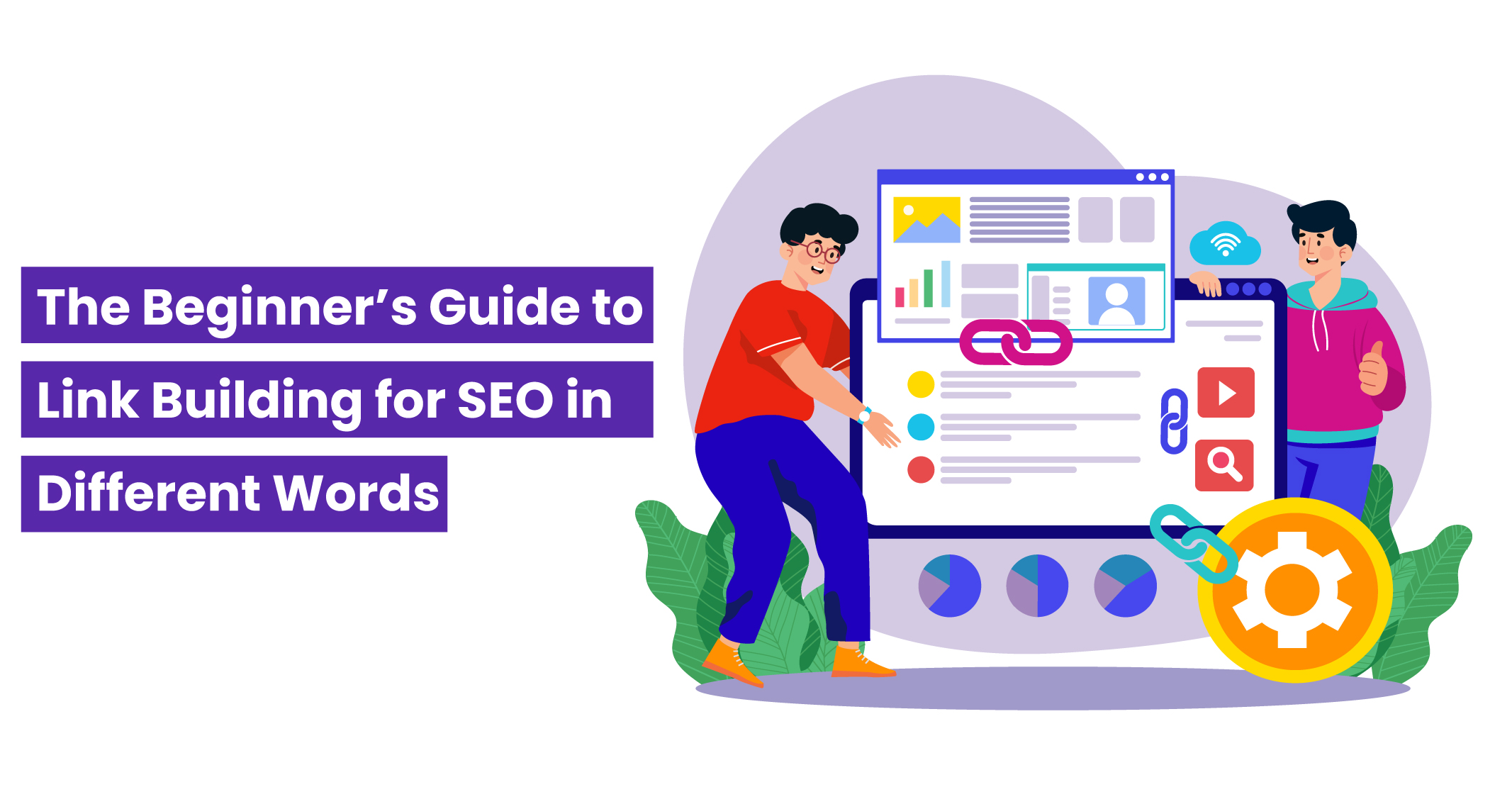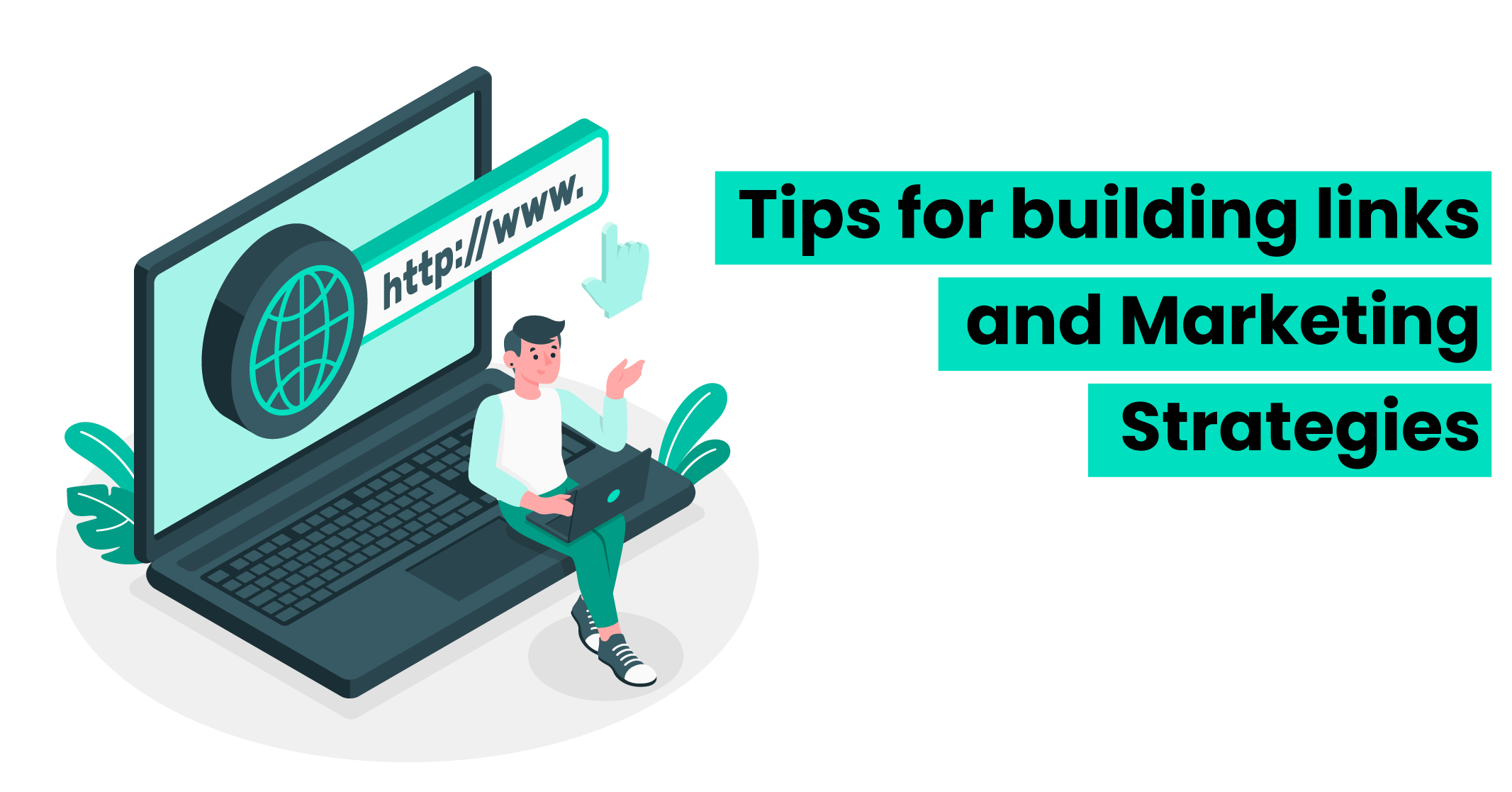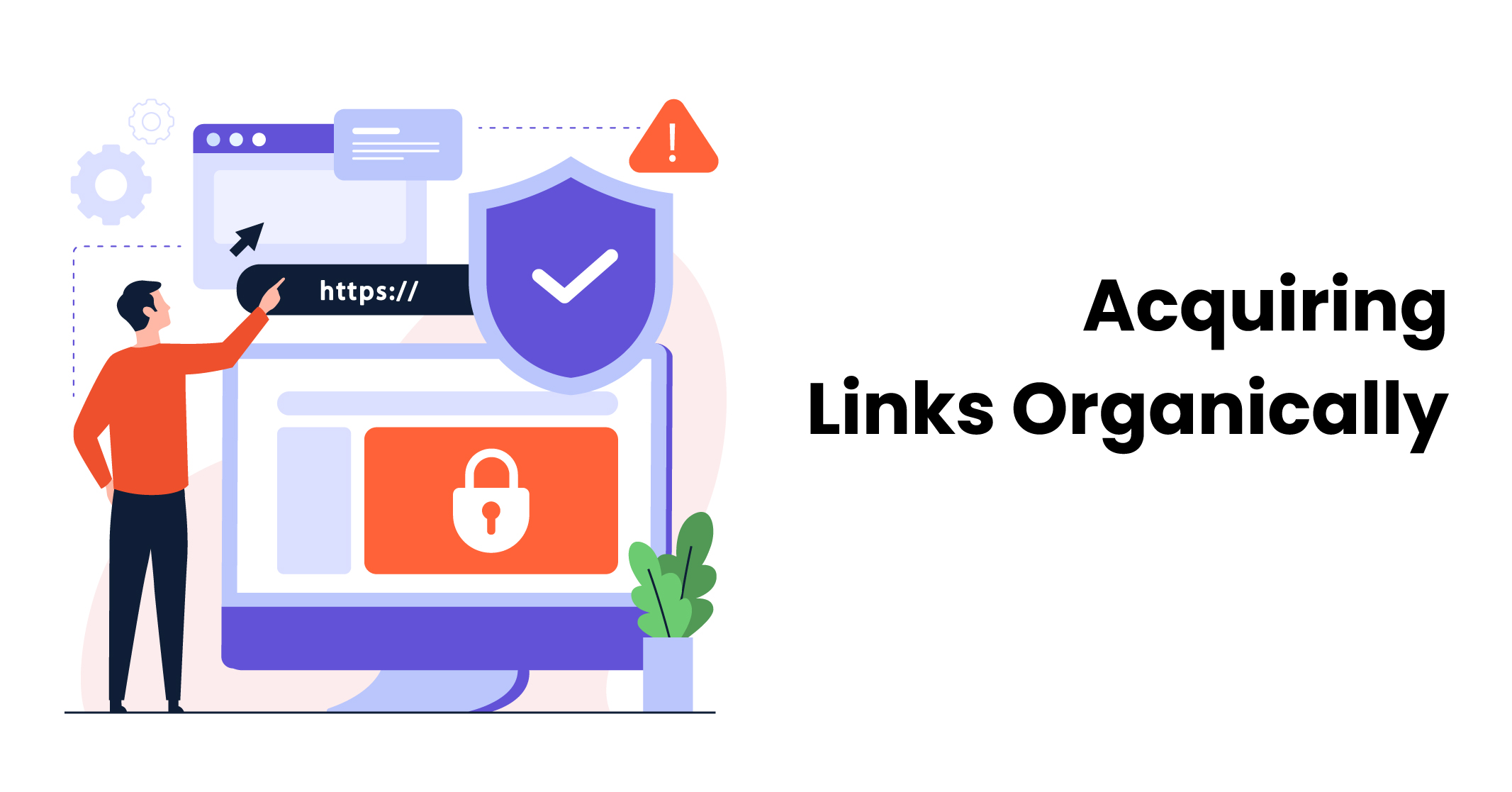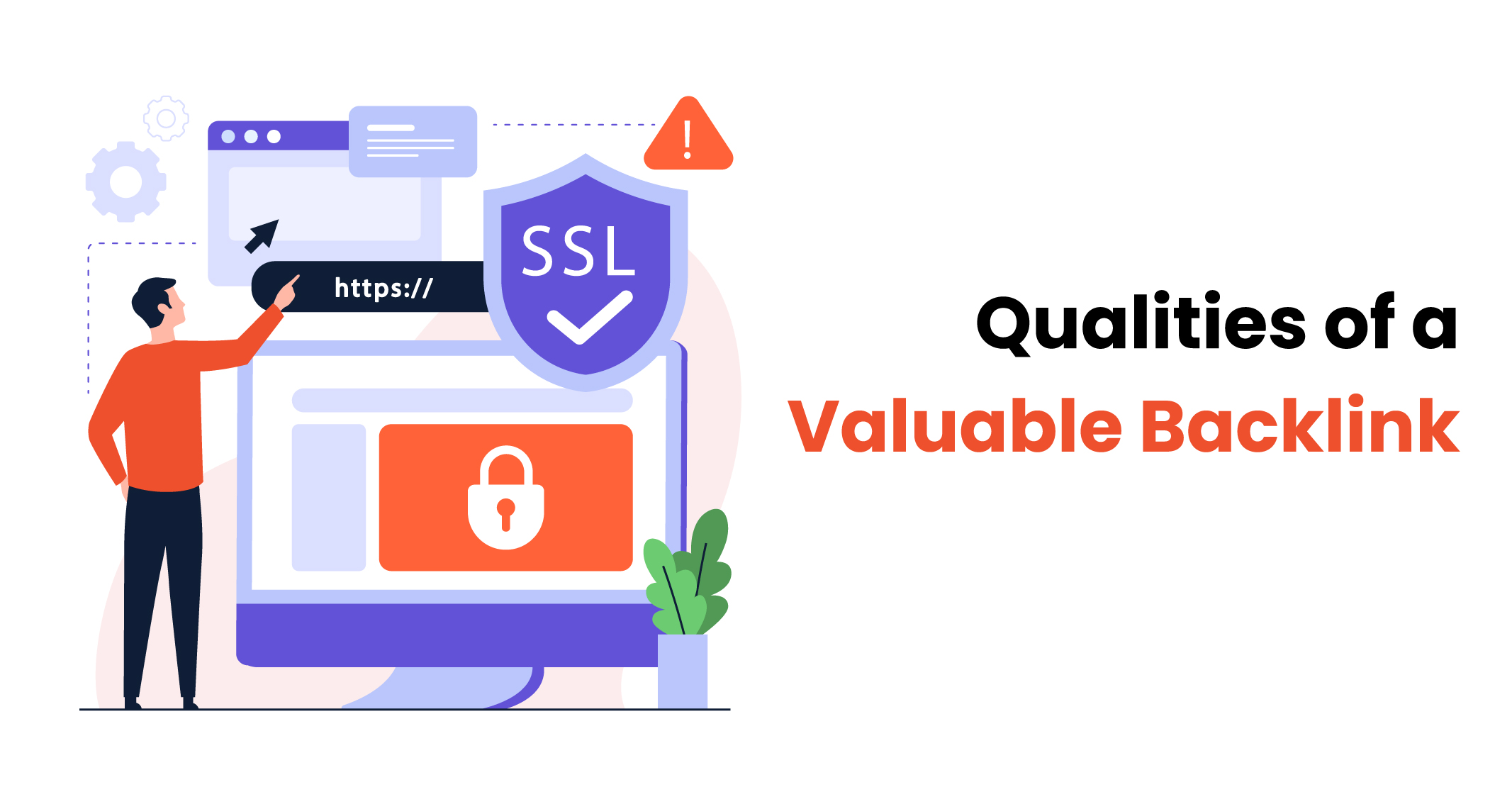I hope you enjoy reading this blog post.
If you want to get more traffic, Contact Us

Click Here - Free 30-Minute Strategy Session
Be quick! FREE spots are almost gone for this Month. Free Quote

Link building refers to the process of acquiring external websites to link back to your own webpages. In the realm of search engine optimisation (SEO), these links are known as backlinks.
Outlined below are several widely utilised strategies for link building:

Click Here – Free 30-Minute Strategy Session
Be quick! FREE spots are almost gone for this Month
Now, let’s delve into the specifics. This comprehensive blog will provide you with essential information on link building for SEO.
Link building in SEO is the practice of acquiring hyperlinks from other websites to your own website. The significance of link building lies in its ability to positively impact the ranking of a webpage. The more high-quality backlinks a page possesses, the higher its chances of attaining a favourable position in search engine results. Backlinks hold great importance as they serve as a prominent ranking factor, particularly for Google.
Google and other leading search engines view backlinks as “votes of confidence” bestowed upon the website being linked to. Each vote signifies that the linked content is valuable, credible and useful.
Therefore, if you aspire for your webpages to secure top rankings in Google’s search results, engaging in backlink-building endeavours is highly likely to be a necessity.

Requesting Links: Requesting links involves proactively reaching out to other websites and requesting them to include a link to your website. This can be done by asking them to link to various types of content, such as:
What To Do?
To speed up finding potential websites to approach, you can utilise Link Building Tools to identify suitable prospects for outreach.
It’s important to note that manually adding SEO links is considered one of the simplest methods but is generally less effective in building high-quality links. Such links often originate from low-quality sources that Google does not prioritise in terms of relevance and authority.
Why is that the case?
The reason is that when you create these links yourself, you are essentially endorsing your own website. This self-endorsement does not align with Google’s preference for editorially given links, which are links that are naturally acquired without direct solicitation.
Since manually added links carry less weight than other types of links, they neither actively contribute to your website’s improvement nor harm its rankings.
Acquiring Links Organically: When you earn links, it means that other websites link to your website without any direct request from you. The most effective approach to earning links is by creating high-quality content that naturally attracts others to link to it.

Things To Know: Different types of link-building are naturally obtained when individuals perceive your content as a valuable resource or as supplementary reading material. Various types of content tend to generate more links, such as:
What To Do?
To generate additional content ideas, you can examine the backlink profiles of your competitors. This analysis can provide insights into the types of content that have gained significant attention and backlinks.
Learn More: The Zen Way of Creating High Quality Backlinks

Understanding the characteristics of a good or bad link is crucial as it enables you to focus on building links that enhance your Google rankings. Here’s how you can identify links that are genuinely worth pursuing:
Authority: “Authority” in SEO refers to the overall quality and credibility of a website or webpage. Higher authority scores indicate that backlinks from such sources carry more weight and can positively impact your page’s ranking. For instance, a backlink from a renowned website like The Wall Street Journal holds greater significance than one from an unfamiliar blogger.
Note: While it’s not necessary to disregard all link opportunities from low-authority websites, they are unlikely to have a significant impact on your SEO success.
Relevance: The relevance of the linking website to your site is also a crucial factor. Google emphasises the importance of relevance in determining search results, as evidenced by their statement on the “How search works” page. Strive to obtain links from websites that are topically relevant to yours, rather than pursuing every available link opportunity.
For example, if your website focuses on SEO consulting, a backlink from an authoritative yoga website, while good, may not significantly impact your rankings. Instead, receiving a link from an authoritative site in the SEO, consulting or marketing field would be more beneficial.
Placement: The position of a link on a webpage is significant. Ideally, a high-quality backlink should be embedded within the main body of a webpage’s content. Google even has a patent that specifically addresses link placement, considering factors such as the likelihood of reader engagement based on the link’s location.
Links placed higher on the page, typically within the body content, tend to carry more authority. On the other hand, links located in sidebars, footers, or lower in the content may not hold as much value.
Anchor Text: Both search engines and readers utilise anchor text to understand the content of the linked page. Descriptive and relevant anchor text provides a better context for search engines and users.
For example, anchor text like “how to store coffee” clearly indicates to Google that the linked page provides information on coffee storage. In contrast, generic anchor text such as “its website” lacks context and usefulness.
Nofollow vs. Follow: The “nofollow” attribute is used to instruct search engines not to follow the outbound link. It is typically used when website owners want to link to another site without implying an endorsement. Nofollow links are indicated in the page’s source code using the “rel=nofollow” attribute. While these links generally do not pass authority, they can still contribute to brand recognition and referral traffic.
What To Know?
It’s important to note that in addition to “nofollow,” there are two other attributes that site owners can use: “rel=sponsored” to identify links created through ads or sponsorships. Understanding these qualities of a valuable backlink will assist you in developing an effective link building marketing strategy.
There are several marketing strategies you can employ to build valuable backlinks. Here are some of the most effective ones:
Outreach involves reaching out to others and requesting a backlink. This strategy is essential because even the best content needs promotion to attract links. To find prospects for outreach, you can utilise Link Building Tools. Here’s how you can use it:
Becoming a source for reporters, journalists and bloggers is an excellent way to build high-quality backlinks. Help a Reporter Out (HARO) is a popular service that connects writers in need of sources with individuals looking for links and exposure. Here’s how you can get started with HARO:
Implementing these strategies consistently will allow you to build backlinks effectively and improve your website’s visibility.
Learn More: What is Link Juice
Broken link building in SEO is the process of identifying broken external links on other websites and reaching out to recommend linking to your content. This strategy is highly effective because nobody wants to direct their visitors to broken pages and you provide a helpful alternative.
Here’s how you can start with broken link building:
By employing the broken link-building strategy systematically, you can uncover numerous opportunities to acquire backlinks. Remember to personalise your outreach efforts and establish mutually beneficial connections.
A linkable asset refers to content that naturally attracts backlinks. These assets often include resources such as infographics, original research, and comprehensive guides.
However, before you start creating any asset, it’s essential to understand the type of content that people in your niche are linking to.
To gain insights into the content that attracts backlinks, examine the backlink profiles of your competitors.
Navigate to the Backlink Analytics tool and input the URL of one of your competitors. Click on “Analyse” to initiate the analysis process.
Switch to the “Referring Domains” tab to discover which websites are linking to your competitor’s site. Pay attention to the “Root Domain / Category” column, as it provides insights into the types of websites that have the potential to link to your content.
Move to the “Indexed Pages” tab to identify which specific pages on your competitor’s site have earned the most backlinks. This report will help you understand the content types that other websites are inclined to link to.
If you already have similar content to what other websites are linking to, you can approach them and request backlinks. On the other hand, if you don’t have such assets, it’s time to start creating them. Develop content that aligns with the preferences of websites in your niche, making it more likely to attract backlinks naturally.
By leveraging the information obtained from analysing your competitors’ backlink profiles, you can generate content ideas and create linkable assets that have a higher likelihood of earning backlinks from relevant websites in your industry.
Learn More: Top 16 Untapped Backlinks to Get You Ranking High in SERPs
Link building requires dedication, perseverance and a systematic approach.
To ensure that your efforts yield fruitful results, it’s crucial to:
What To Do?
In the “Recrawl schedule” section, choose “Once a month” from the dropdown menu. Additionally, select the option to receive an e-mail notification each time an audit is completed.
Click on the “Update” button to save your recrawl schedule preferences.
We at Traffic Radius offer link-building services to help our clients establish a monthly audit routine and keep track of the performance of their backlinks. We have a team of experts ready to assist you every step of the way.
Few Tips:
Now that you have a solid understanding of link building principles, you’re prepared to embark on your link building campaign.

LEAVE A REPLY